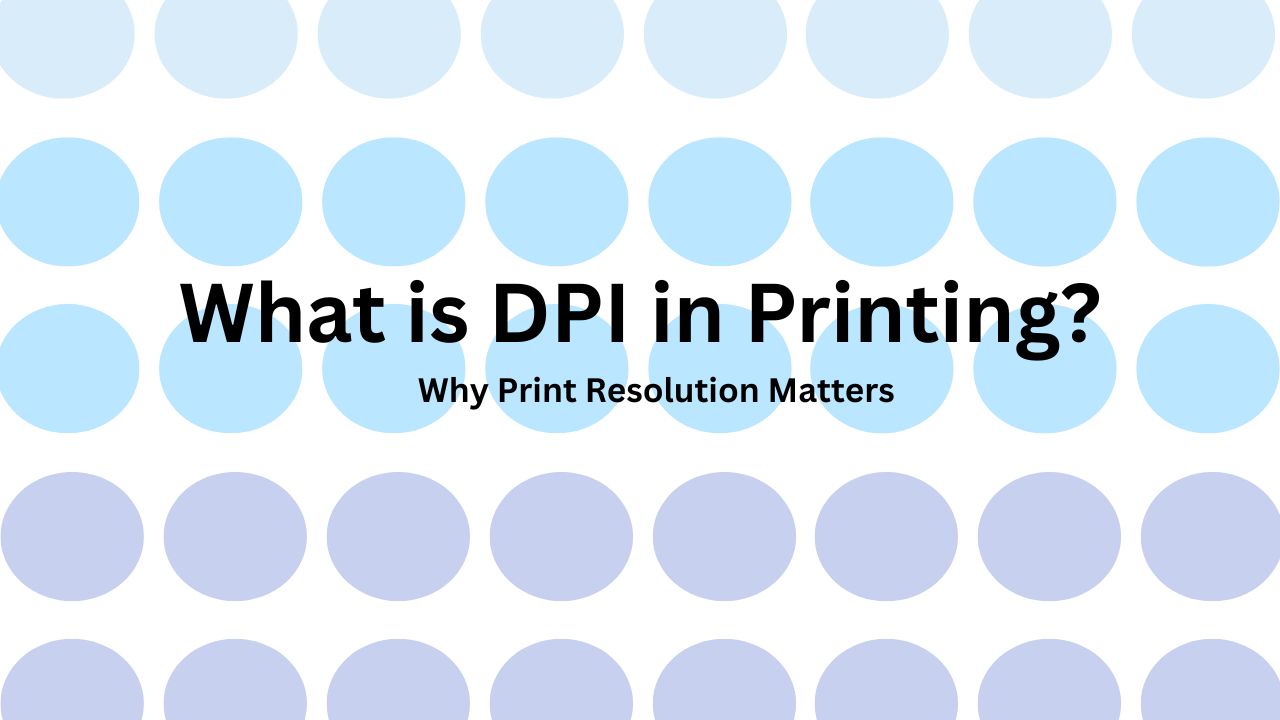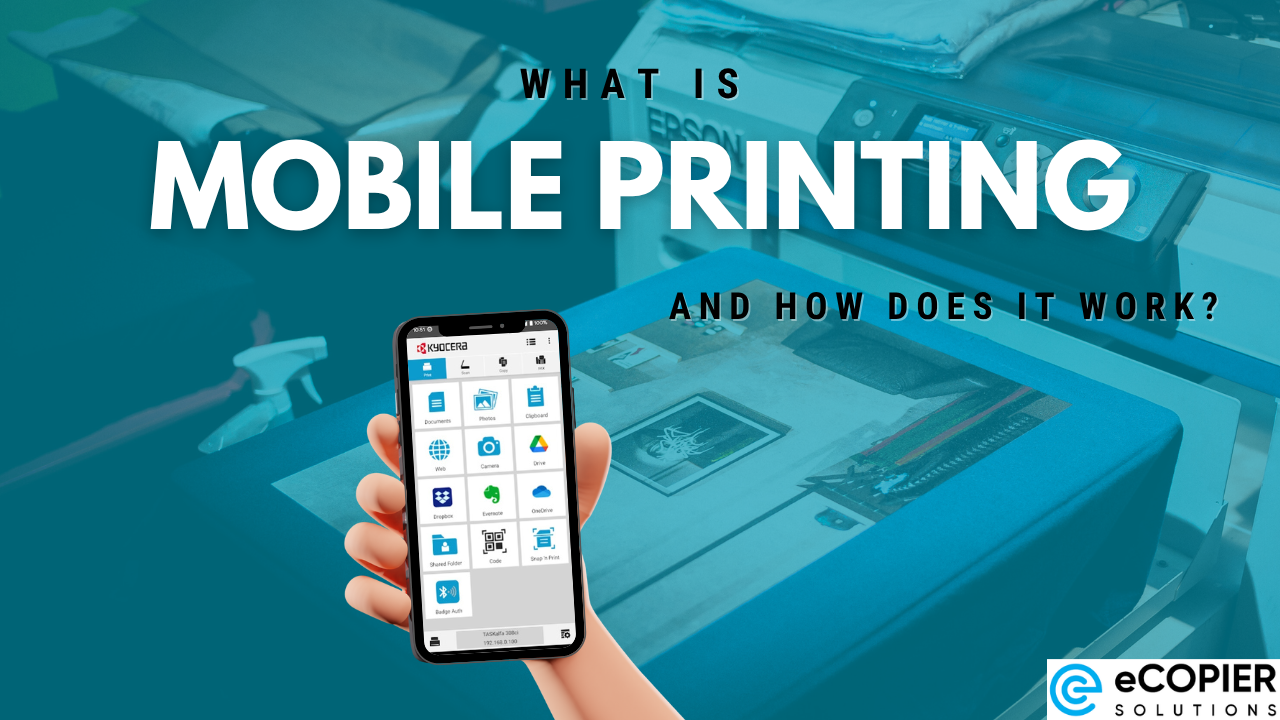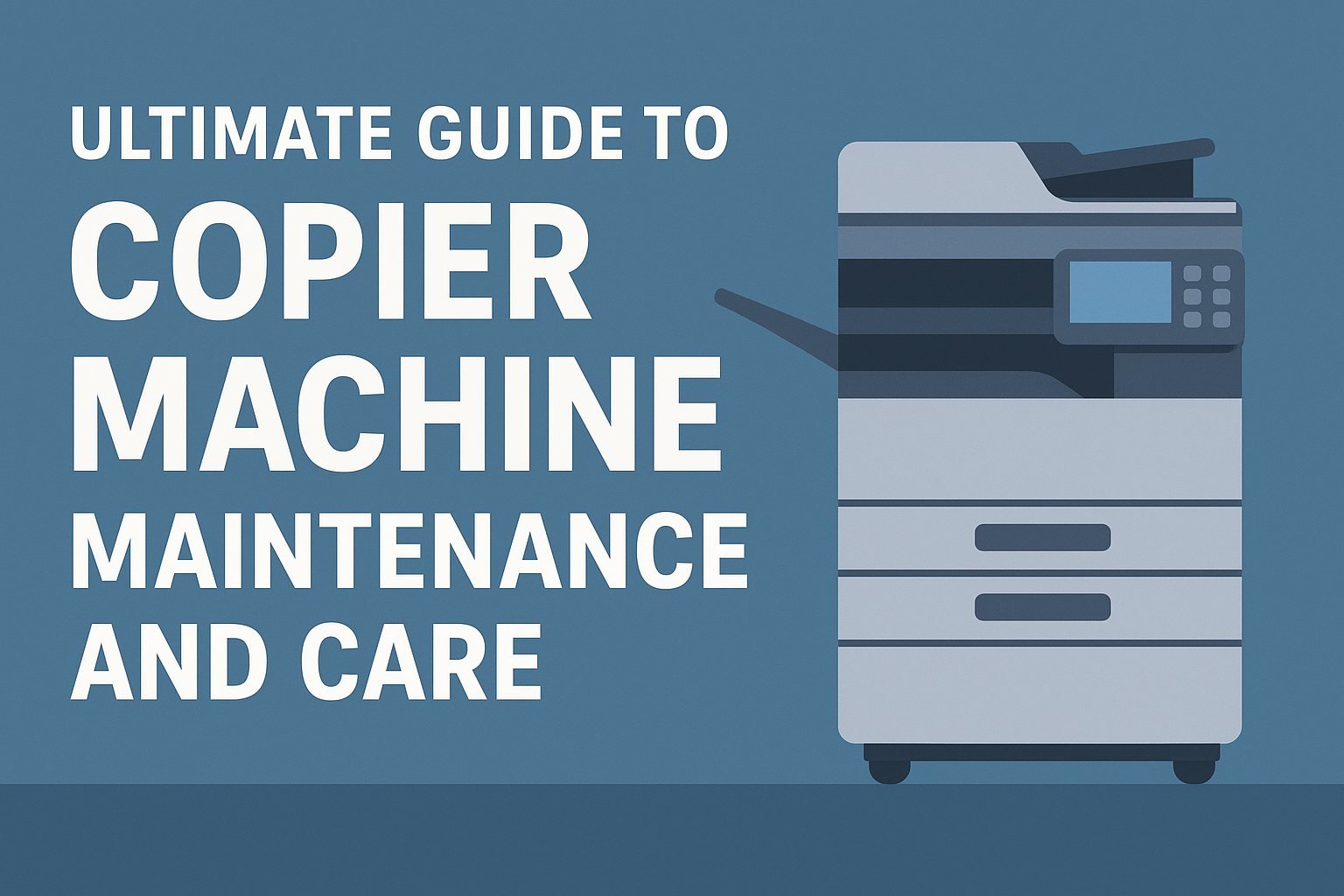The Power of Document and Knowledge Management
In today’s fast-paced business environment, organizations seek efficient ways to harness and disseminate their collective knowledge. Effective document management systems (DMS) combined with comprehensive knowledge management (KM) strategies serve as vital infrastructure that enables seamless information sharing, operational excellence, and sustained growth. This article explores how these systems facilitate enhanced knowledge sharing, foster organizational learning, and support innovation across various industries.
The Critical Role of Document Management in Organizational Knowledge Sharing

Why is document management important for organizational knowledge sharing?
Document management forms the backbone of effective knowledge sharing within organizations. It provides a centralized platform where all relevant information, such as policies, procedures, reports, and project documentation, is systematically stored and organized. This centralization ensures that employees can efficiently access the documents they need without unnecessary delays or confusion.
Security measures and compliance protocols are integral to a robust document management system (DMS). Features like access controls, encryption, and audit trails protect sensitive information, ensuring it is only accessible to authorized personnel and that all document activity is traceable. This safeguards organizational knowledge and helps meet industry-specific regulatory requirements.
Quick retrieval is crucial in fast-paced environments. Modern DMS solutions include advanced search functionalities, such as indexing, metadata tagging, and semantic search, enabling users to locate pertinent information swiftly. These capabilities support timely decision-making, reduce operational bottlenecks, and foster effective collaboration.
Integration of artificial intelligence (AI) further enhances data handling within DMS. AI tools facilitate automated data capture, redaction, categorization, and even predictive insights, which improve the accuracy and security of knowledge sharing processes. AI-powered features like chatbots can assist employees in locating information more intuitively and automating routine documentation tasks.
In essence, effective document management systems are vital infrastructure elements that underpin organizational learning. They streamline knowledge dissemination, ensure consistency, foster collaboration, and support compliance, ultimately driving organizational success.
Why is proper documentation important for knowledge sharing and process control?
Proper documentation plays a pivotal role in enabling seamless knowledge sharing and maintaining process control across an organization. It ensures that critical information — from standard operating procedures (SOPs) to project guidelines — is accessible and consistently available to all relevant members.
By centralizing information, documentation reduces dependence on memory and minimizes the risk of knowledge silos or loss when employees leave the organization. It promotes transparency, as team members can clearly understand workflows, responsibilities, and standards. This clarity facilitates smoother onboarding of new employees and supports ongoing training.
Well-maintained documentation drives process consistency, quality, and efficiency. It allows organizations to systematically review, update, and improve workflows, ensuring continuous operational refinement.
Establishing clear standards for documentation and regularly updating records reflects a commitment to organizational discipline and learning. This proactive approach enhances decision-making, reduces redundant work, and fosters a culture of accountability and shared understanding.
In sum, effective documentation acts as a knowledge repository that stabilizes and enhances organizational processes, contributing to overall efficiency, cohesion, and long-term success.
Features and Functionalities That Promote Knowledge Sharing

What features and functionalities of document management systems facilitate knowledge sharing?
Effective knowledge sharing within organizations hinges on the capabilities of the document management system (DMS). These systems incorporate advanced search features that allow employees to locate relevant information swiftly, saving precious time and reducing frustration. Organized storage structures—such as tags, folders, and metadata—further aid in quick retrieval, making sure that vital documents are always accessible.
Collaboration tools form the backbone of team-oriented knowledge sharing. Features like real-time editing, commenting, and shared workspaces enable multiple users to work on the same documents simultaneously. This not only fosters teamwork but also helps in the collective building and refining of knowledge.
Security and access permissions are crucial for maintaining confidentiality and control. By establishing different levels of access, organizations can ensure sensitive information remains protected while still encouraging open sharing where appropriate.
Workflow automation streamlines the process of document approval, updating, and distribution. Automated notifications and routing ensure that information stays current, accurate, and reaches the right people without unnecessary delays.
Mobility features and multi-device compatibility allow team members to access information from any location, enhancing flexibility and continuous knowledge flow. Complementing these are analytics and reporting functions, which monitor usage patterns, highlight knowledge gaps, and enable continuous improvement of the knowledge-sharing processes.
How does document management improve organizational performance and efficiency?
Implementing a robust document management system dramatically boosts an organization's overall performance and operational efficiency. Centralized storage means that all vital documents are compiled in one accessible digital repository, drastically reducing time wasted searching for files across emails or shared drives.
Advanced search capabilities, combined with rigorous version control and automation, facilitate faster decision making. Employees can locate the most recent, authoritative versions of documents instantly, contributing to more accurate and timely outputs.
Automation of routine tasks—such as document routing for approvals or notifications for updates—minimizes manual efforts, cuts costs, and streamlines workflows.
Security measures like encryption, user authentication, and access controls protect sensitive data and ensure compliance with regulatory standards. Furthermore, remote access capabilities maintain productivity even outside the physical office, fostering a flexible working environment.
Overall, these features lead to improved productivity, better collaboration, and reduced operational costs. They also support environmental sustainability by decreasing paper use and physical storage needs, which enhances an organization's competitive edge.
Overview of Features Promoting Knowledge Sharing
| Feature | Purpose/Benefit | Additional Details |
|---|---|---|
| Advanced Search Capabilities | Facilitates quick information retrieval | Uses tags, metadata, and keyword search |
| Version Control & Document Editing | Ensures document accuracy and collaborative updates | Tracks changes and maintains a single, up-to-date version |
| Access Permissions & Security | Protects sensitive information and controls sharing | Role-based access, encryption, audit trails |
| Workflow Automation & Collaboration | Streamlines review processes and enables real-time sharing | Automated routing, notifications, simultaneous editing |
| Analytics, Reporting & Integration | Monitors usage, identifies gaps, connects systems | Usage stats, user feedback, data export capabilities |
How AI and Advanced Technologies Enhance Knowledge Sharing
The integration of artificial intelligence (AI) into document management systems is transforming knowledge sharing. AI enables semantic search, which understands the context and meaning behind queries, delivering more accurate results.
Chatbots and virtual assistants powered by AI can answer user questions promptly, guide access to relevant documents, and perform routine tasks automatically. AI-driven recommendation engines suggest content based on user behavior, further enriching the knowledge sharing experience.
Moreover, AI can analyze unstructured data—such as emails, chat logs, and documents—to extract insights, categorize information, and identify trends, making organizational knowledge more accessible and informative.
Real-world Applications and Benefits
Organizations like W.W. Grainger and Capital One leverage advanced document management features to improve operational efficiency and customer service. By automating workflows and securing sensitive data, these enterprises have achieved substantial time savings and risk reduction.
Enhanced collaboration tools enable dispersed teams to work seamlessly, even remotely. Analytics help continuously refine processes, ensuring that knowledge sharing remains effective and aligned with business goals.
Final Thoughts
The blending of traditional document management with modern technological innovations offers organizations a formidable toolkit for knowledge sharing. The right mix of features not only fosters collaboration and transparency but also supports strategic objectives such as innovation, compliance, and competitive advantage. As technology advances, especially with AI, these systems will become even more intuitive, personalized, and impactful, driving organizational success in increasingly dynamic environments.
Best Practices for Implementing Effective Document Management Solutions

What are best practices for implementing effective document management to enhance knowledge sharing?
Implementing a successful document management system (DMS) hinges on clear strategic planning. Organizations should start by defining precise goals and success metrics, such as improving search speed, reducing document retrieval time, or enhancing security. Establishing standardized folder structures and naming conventions ensures consistency, making documents easier to organize and locate.
Automation plays a pivotal role in optimizing workflows. Routine processes like approvals, reviews, and data entry can be automated through features like workflow automation, significantly reducing manual effort and errors.
Version control and access controls are critical for maintaining document integrity and confidentiality. They prevent outdated or unauthorized modifications, ensuring team members work with the most current and secure information.
Leveraging advanced features such as metadata tagging, optical character recognition (OCR), and software integrations helps streamline document retrieval and collaboration. These tools enhance searchability, especially when dealing with large volumes of data.
Continuous staff training and active stakeholder engagement promote system adoption. Regular updates and feedback loops encourage ongoing system refinement.
Ongoing review and improvement of the DMS are essential. Monitoring system performance, gathering user feedback, and adapting to evolving organizational needs help maintain relevance and efficiency.
Integrating emerging technologies like AI-powered search, chatbots, and intelligent automation can further augment knowledge sharing. These innovations enable smarter, faster access to relevant information, fostering a culture of continuous learning.
How does effective documentation contribute to organizational success?
Effective documentation underpins the foundation of organizational success by facilitating smooth collaboration and ensuring transparency. When critical information—such as policies, procedures, and project details—is well documented and accessible, decision-making becomes more informed and agile.
It aids in onboarding new employees, providing them with ready access to vital organizational knowledge, accelerating their integration into the team. Well-maintained documentation also ensures consistency in processes and standards, reducing the risk of errors and misunderstandings.
Furthermore, comprehensive records support compliance with regulations and serve as legal evidence if necessary. They help in audits, quality assurance, and risk management.
Operationally, documentation streamlines workflows, eliminates redundant efforts, and increases efficiency. This is especially true in complex projects involving multiple teams or automation initiatives.
A culture of thorough documentation encourages continuous learning and knowledge retention, critical in a rapidly changing business environment. It also empowers organizations to preserve institutional knowledge and mitigate risks associated with employee turnover.
Additional Insights and Search Tips
For organizations seeking to deepen their understanding, useful search queries include 'best practices for DMS deployment,' 'implementation challenges,' 'staff training strategies,' and 'role of emerging technologies in document management.' Such searches can reveal case studies, implementation roadmaps, and tips for overcoming common hurdles.
In summary, effective document management is a strategic enabler of organizational growth, efficiency, and resilience. By aligning technology, processes, and people through best practices, organizations can significantly enhance their knowledge sharing capabilities and operational performance.
The Impact of Document and Knowledge Management on Organizational Success

How does effective documentation contribute to organizational success?
Effective documentation acts as the central nervous system of an organization, capturing invaluable knowledge, best practices, and workflows. By maintaining clear and comprehensive records, organizations foster transparency and accountability, which are fundamental for strong collaboration.
Well-structured documentation facilitates better decision-making by providing immediate access to relevant information. It streamlines onboarding processes for new hires, enabling them to become productive faster and grasp complex processes with ease. Additionally, documentation supports compliance with industry regulations and legal requirements, reducing risks of penalties or legal disputes.
Operational efficiency is significantly enhanced through systematic documentation. It reduces errors, eliminates redundant efforts, and promotes consistency across teams. This results in smoother workflows, improved product quality, and higher customer satisfaction. Ultimately, organizations that prioritize effective documentation cultivate a culture of continuous learning and adaptation, driving long-term success.
How does effective knowledge sharing support organizational culture and growth?
Knowledge sharing fuels an inclusive and innovative organizational culture. When employees freely exchange insights, tips, and lessons learned, it creates an environment of openness and shared responsibility.
This democratization of information empowers staff at all levels, encouraging initiative and collaborative problem-solving. Such transparency promotes trust and morale, which are vital for attracting and retaining top talent.
Furthermore, knowledge sharing accelerates organizational growth by fostering innovation. As teams learn from past successes and failures, they can adapt quickly and develop new solutions, staying ahead of competitors.
By capturing institutional memory, organizations ensure that critical knowledge persists beyond individual tenures. This stability bolsters resilience and positions the organization for sustainable expansion.
What role do advanced technologies like AI play in supporting document management and knowledge dissemination?
Artificial Intelligence (AI) significantly enhances how organizations manage and disseminate knowledge. AI-powered tools automate the extraction, classification, and indexing of large volumes of unstructured data, making information more accessible.
For example, natural language processing (NLP) enables semantic searches that understand context and intent, resulting in faster and more accurate retrievals. Generative AI assists in summarizing lengthy documents, translating content, or creating drafts, thereby reducing manual effort.
Recommendation engines personalize content delivery based on user roles and interests, optimizing learning and decision-making processes. Virtual assistants and chatbots supported by AI provide instant guidance and answer routine queries, freeing up valuable human resources.
AI-driven insights also help identify knowledge gaps, suggest relevant resources, and automate routine content updates. These capabilities collectively foster a more responsive, dynamic, and scalable knowledge ecosystem.
In what ways do document and knowledge management systems contribute to long-term organizational success?
Long-term success hinges on resilient systems that preserve and facilitate access to organizational knowledge. Document and knowledge management platforms create a unified infrastructure for capturing, storing, and sharing vital information.
By safeguarding institutional memory, they prevent knowledge loss caused by employee turnover. They support continuous learning and innovation by making up-to-date resources easily available, promoting a proactive approach to change.
Operationally, these systems streamline workflows, reduce manual efforts, and eliminate silos, leading to increased efficiency and cost savings. Real-time data access enhances responsiveness to market developments or internal issues.
Furthermore, transparent and secure management of documents and knowledge fosters trust among stakeholders and aligns teams toward common goals. This collaborative environment equips organizations to adapt swiftly, compete effectively, and sustain growth over the long term.
| Aspect | Contribution | Additional Details |
|---|---|---|
| Decision-Making | Provides accurate and timely information | Enables strategic choices based on reliable data |
| Employee Onboarding | Accelerates learning curve | Ensures new hires access vital resources immediately |
| Innovation Support | Fosters idea exchange | Encourages cross-departmental collaboration |
| Knowledge Retention | Protects organizational memory | Captures expertise before personnel change |
| Organizational Agility | Improves responsiveness | Facilitates quick adaptation to market changes |
Effective document and knowledge management are fundamental drivers of organizational excellence. They underpin operational efficiency, foster innovation, and secure a competitive advantage by enabling a culture rooted in shared knowledge and continuous improvement.
The Synergy of Knowledge and Document Management Systems in Modern Organizations

How do integrated systems for seamless workflows improve organizational processes?
Integrated knowledge management (KM) and document management systems (DMS) facilitate smooth and efficient workflows within organizations. By consolidating information in a centralized platform, these systems eliminate silos, allowing employees to access the right data quickly. This integration streamlines the entire information lifecycle—from creation and storage to retrieval and sharing—reducing redundancies and delays.
With seamless workflows, routine tasks such as document review, approval, and distribution become automated and transparent. For example, workflow automation tools route documents automatically for review, ensuring timely responses and reducing manual effort. Real-time collaboration features enable multiple users to work simultaneously on shared documents, minimizing version conflicts and enhancing productivity.
Ultimately, these integrated systems help organizations respond faster to market demands, improve decision-making, and foster a culture of operational excellence.
The Path Forward for Knowledge-Centric Organizations
As organizations continue to evolve amidst technological advancements and competitive pressures, integrating effective document management with robust knowledge sharing strategies becomes paramount. Leveraging intelligent tools such as AI-driven automation, intelligent search, and collaborative platforms ensures knowledge remains a strategic asset. By fostering a culture of transparency, continuous learning, and innovation, businesses can not only improve operational efficiency but also sustain long-term success. Embracing these digital frameworks will empower organizations to adapt swiftly, innovate relentlessly, and secure a competitive edge in the modern economy.
References
- Why is Documentation Important For Knowledge Sharing
- Document Management vs. Knowledge Management Systems
- How Document Management Improves Workplace Collaboration
- Understanding the Differences for IT Professionals - Polly Help
- Key Differences Between Knowledge and Document Management
- Knowledge Management vs. Document Management - Helpjuice
- How Document Management Boosts Business Collaboration | VRC
- Knowledge Management With Your Document Management System





.jpg)

























